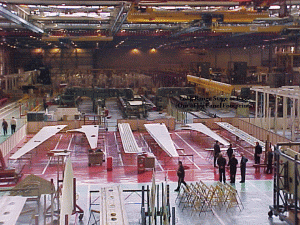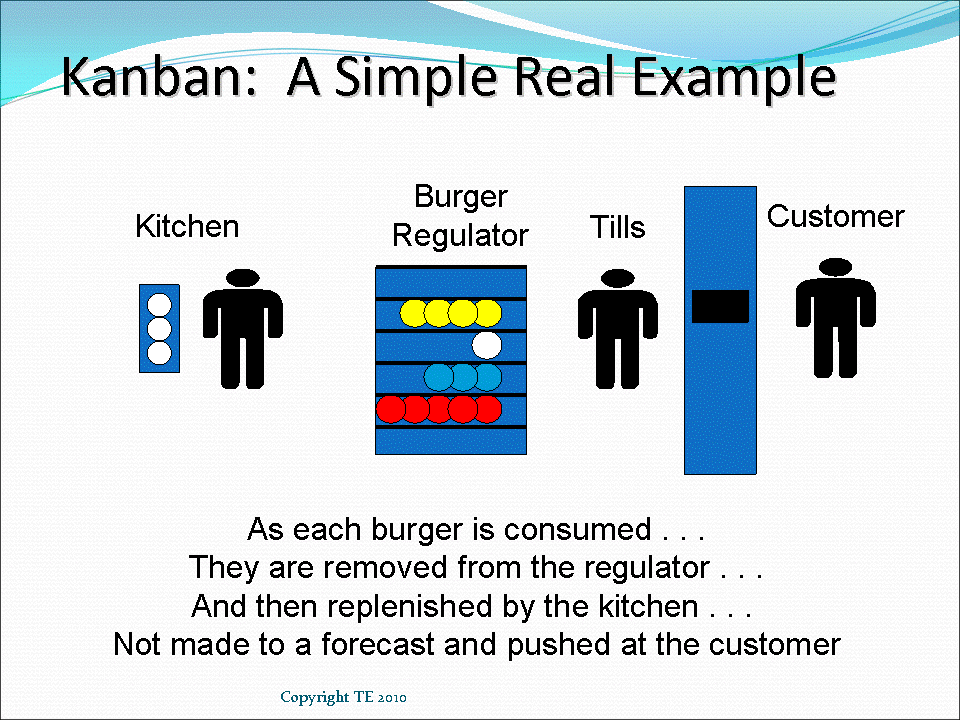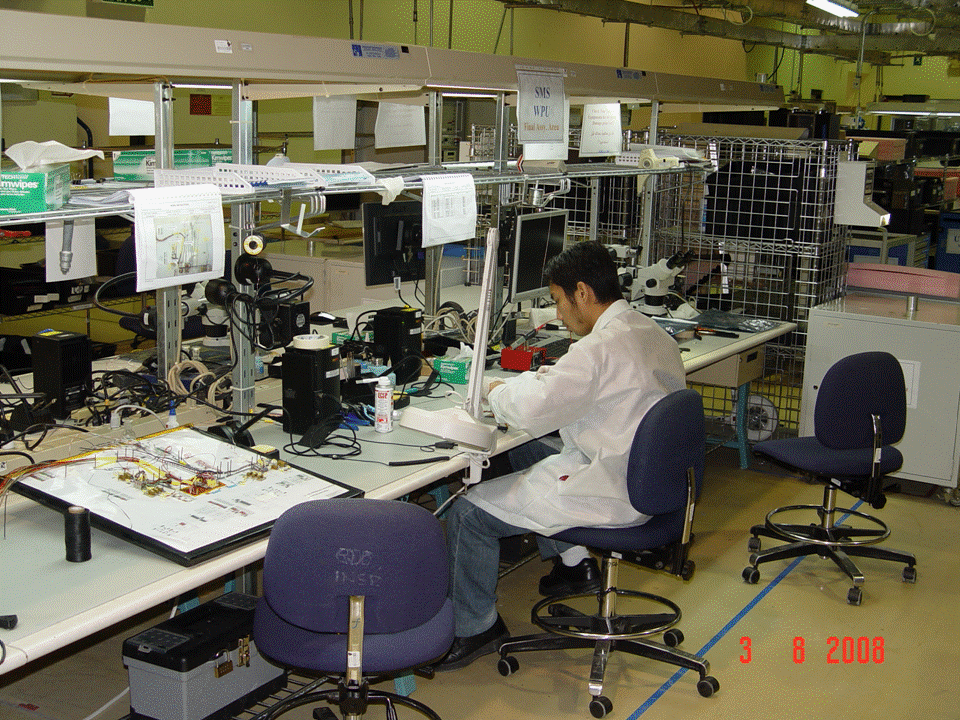Lean Manufacturing History
When people think of lean manufacturing they normally think that it began with Toyota and some go as far back as Ford and his production lines for the Model T ford, but depending on how you define lean, it has a very long history.
Origins of Lean
Ford put many ideas together when he first designed his production line for the model T Ford, however he did not invent very much of it himself.
The ideas of having interchangeable parts and the like were not new to Ford, they had been around for a long time, the principles had been used by Eli Whitney to manufacture muskets at the end of the 18th Century.
Production Lines were far from new, King Henry the 3rd watched the hourly production of Galley ships in 1574 through continuous flow processing, and Marc Brunel (father of Isambard) created production lines for the royal Navy in 1810.
Fredrick Taylor’s work on scientific management investigated workplace efficiencies and Frank Gilbreth looked at motion studies. Both of their works influenced the design and functioning of the Ford production lines.
However Fords production lines were not flexible and they fostered very much a “them and us” attitude between the management and the workers on the lines, it was the management that did the thinking and the workers did as they were told.
Fords methods however worked for mass production and were highly effective during world war 2 where Ford helped to build Bombers at the Ford Willow Run plant and Boeing.
Development of the Toyota Production System
Sakichi Toyoda invented a weaving loom that was able to stop when it detected a broken thread. This enabled a single worker to be able to monitor several machines as the operator only had to intervene on an exceptions basis. This was the start of Autonomation or Jidoka; automation with a human touch, one of the important parts of the Toyota Production System and hence Lean Manufacturing.
Through selling the patents to this invention to Platt Bros in Yorkshire the Toyoda family were able to exit the textiles business and fund the start up of their automotive company – Toyota.
Toyota and the Quality Gurus
After world war two the US helped Japan rebuild its manufacturing capability, they did this by sending a number of “consultants” to provide aid and advice. The people that they sent were people like Deming who had no success at getting the Americans to listen to his philosophy with regard to Quality and Management. The Japanese however listened and learned, the Deming award now being the greatest award a company in Japan could gain.
Through Deming, Juran, Shewhart and the other consultants that were bought into help them Toyota and the other Japanese companies learned the importance of quality and satisfying their customers. They also learned the importance of involving their entire workforce in making improvements. Quality and respect for their people became very important for Toyota.
Toyota also listened and developed the concept of Just in Time (JIT), together with Jidoka this formed the two main pillars of the fledgling Toyota Production System (TPS).
Eiji Toyoda and Taiichi Ohno visited Ford to gain a greater understanding of how Ford was run, they also found huge inspiration from of all places American supermarket chains!
From Ford they saw how production lines worked and how processes could be broken down into manageable steps. They also discovered processes and ideas such as CANDO (Clean up, Arrange, Neatness, Discipline, Ongoing Improvements) which became the basis for their 5S system.
From the supermarkets they saw how the shelves only got replenished when customers removed produce; this ensured that the supermarket only had to purchase what the customers were buying and could minimise their stocks. Something that was vital in an economy that was short of resources. This triggered the development of Just in Time and Kanban systems.
By the 1950’s the Toyota Production System was well into development, and Toyota was beginning its journey to out compete the rest of the world with regard to producing reliable quality cars.
In the 1960’s Shigeo Shingo developed the technique of Pokayoke (mistake proofing) and Ishikawa devised the concept of Quality Circles giving the employees far more involvement in molding the future of Toyota.
History of Lean Video
Lean and the West
By the early 1980’s the west was begging to realize that the Japanese were out competing them and companies started to take a long hard look at what they were doing. Various consultants began to try to introduce their versions of the Toyota Production System under westernized names such as Continuous Flow Manufacturing, Stock-less production and World Class Manufacturing.
Companies in the West also tried to determine exactly what it was about Toyota that made them so good so they started taking individual ideas and trying to implement them in isolation such as quality circles or kanban systems.
It was not until 1990 that the results of an MIT study were published in the book titled “The Machine that Changed the World” by Womack and Jones that the world was introduced to the term Lean Manufacturing. Since then the name has stuck and Lean has gone from a “Must Have” in the Automotive industry to a technique that has been applied across almost every industry.
There are now many publications out there explaining the philosophy of Lean Manufacturing and the various Lean Tools in huge detail, there are also many consultancies out there selling business improvement through the application of Lean Manufacturing.
The Rise and Fall and Rise of Lean
Like most management Fads and Philosophies Lean saw huge popularity at the start with many consultants appearing on the scene throughout the 80’s and 90’s offering to implement everything from 5S through to World Class Manufacturing. These consultants were jumping very much on the bandwagon of helping companies to compete effectively against the by now superior Japanese imports.
However many of these consultancies had very little idea of what lean was really about and no experience of implementing it! So many of these consultants would implement what they understood to be lean and try to make as many savings as they could so that they looked good to the companies that hired them. The savings more often than not vanished after a few months as soon as the consultants left the company and moved onto the next.
Lean therefore quickly gained a reputation as something that was implemented to remove people and cut costs and was not seen as something that was sustainable in the west. Many attributing the success of Lean in Japan to the attitude of the Japanese themselves, even though some of the most productive Toyota plants were actually located in places such as the States and were staffed by non-Japanese.
Lean is still seen as a must have within the automotive industry and throughout its supply chain. It has also slowly been adopted into many other industries and even service areas. Lean for Health Care and even Programming are now areas where Lean is seen to be growing rapidly in popularity.
Even so many Consultants have seen the need to change the name to distance themselves from old bad press and misconceptions; now we have Agile manufacturing which focuses on being able to respond rapidly to changing customer demand and even Lean Sigma which seeks to combine the power of lean with the analytics and cost savings of Six Sigma.
Where will Lean be in the future?
Lean will continue to grow in popularity even if the consultants promoting it change its name. Leans aim of providing value to its customers means that it will always be applicable to any business. The Lean Tools however are going to develop and grow in much the same way as tools such as SCRUM have appeared for software development.
Lean Manufacturing, Lean for Service, Healthcare, Software and a host of other applications will continue to grow and tools will continue to evolve as customer needs change and grow also. Lean is not a set of static tools that can be applied according to a set formula but a philosophy of identifying customer’s perceived value and then providing it in the most economical way possible at their demand.




Toyota created Lean from observing Piggly Wiggly’s method of waste elimination and order by customer demand otherwise known as a Pull System. It grieves me to learn that every so call school and expert on Lean do not know this fact, that Toyota freely and happily admits. Taiichi Ohno and Eiji Toyoda were not impress by Ford manufacturing methods because of the massive waste that abound. They were impress by there accomplishments but knew their system would enable Toyota to survive. Then the discovery of Piggly Wiggly’s methods of order by demand, reduce inventory, create continuous flow of coustomers, and work with their supplier to assist them to become efficient and share the savings. Sounds familiar? It’s true and fascinating.